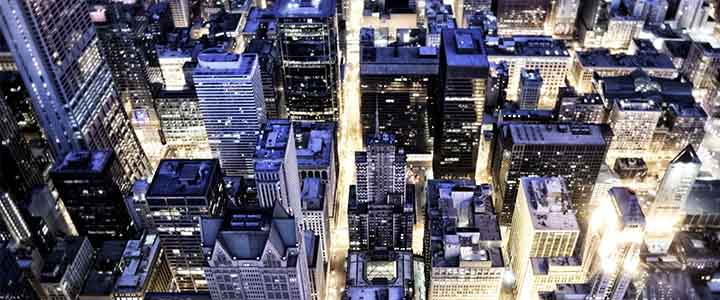Urban growth is unstoppable: more than half of the world’s population now lives in towns and cities, and by 2030 this number will be about 5 billion. Modern cities must offer dynamic, efficient, healthy and sustainable space for its citizens through different elements and strategies. For example, through energy-efficient buildings that can help in management of serious questions like climate change, health and unemployment, to name just a few.
Buildings are a crucial urban element, they occupy 50% of the land are of any city and they are responsible for 40% of energy consumption and one third of CO2 emissions. According to the Institute for Diversification and Energy Saving, buildings generate 84% of power consumption during their service life distributed among heating, hot water and electricity use; 12% by construction, transportation and elements production, and 4% in maintenance and update. The target marked by EU is to reduce CO2 emissions generated by buildings by at least 80% and its energy consumption by as much as 50% by 2050.
Buildings always require large investment, especially when we speak about smart buildings. At the same time they require a different management type and life cycle analysis because of high comfort levels standards demanded by the consumers and modern equipment installed. The main objectives are to obtain high efficiency and returns on investment, both economic and social. Efficiency obtained through smart buildings is actually very profitable because of great savings in energy and water consumption, waste management and material resource use.
This is one of the instruments that the policymakers can successfully use – that is why the Administration, on all levels, tries to provide certain support for buildings’ users if they also contribute in more efficient systems to guarantee energy efficiency and reduce emissions. There are different funding programmes for optimization of air conditioning systems, lighting systems, energy control and management, façade update and construction of buildings with high energy classification. There are also subsidies to electricity generation for self-consumption through renewable energy sources, micro generation systems installations, centralized thermal production to supply power to several buildings and so on.
Efficient buildings also contribute greatly to public health because of the pollution reduction. High rates of exposure to indoor smoke and smog from coal-fired power plants are directly related to mortality rates, a sensitive question especially in the developing cities which must be addressed urgently. The renewables and “smart” systems designed for modern buildings constitute a real solution to create healthier places to work and live. Energy efficiency in buildings can be turned into sustainable programme and attractive business and this must be one of the immediate political priorities.
Sources:
4 surprising ways energy-efficient buildings benefit cities
IDAE, Instituto para la Diversificación y Ahorro Energético











